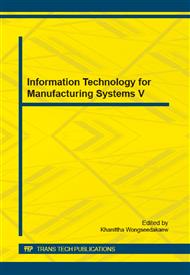p.666
p.671
p.676
p.683
p.689
p.697
p.702
p.707
p.713
Study on Pollution Level, Distribution and Sources of Polychlorinated Naphthalene in River Sediments
Abstract:
Polychlorinated naphthalene (PCNs) is similar structure and toxicity of dioxin (PCDD/Fs), it can be detected in the global environmental and biological samples. This paper introduces the main source of PCNs in the environment and environmental fate, sludge PCNs pollution level in 1.48~28.21 ng/g (dry weight), PCN-TEQs content is in 0.11~2.45 pg/g (dry weight), far below the content of other areas in foreign countries. The results showed that the sources of wastewater, sewage treatment plant is an important factor affecting the level of polychlorinated naphthalene pollution. Discussion on the distribution characteristics of sludge in polychlorinated naphthalene congeners, found that the distribution of PCNs congeners in all of the samples is largely the same, it is mainly two chloride and three chloro naphthalene, it showed that the pollution source has a certain resemblance. Research shows that, polychlorinated naphthalenes city sludge mainly comes from industrial pollution sources; in addition, an important source of waste incineration, burning heat treatment process is caused by polychlorinated naphthalene pollution.
Info:
Periodical:
Pages:
689-694
Citation:
Online since:
October 2014
Authors:
Price:
Сopyright:
© 2014 Trans Tech Publications Ltd. All Rights Reserved
Share:
Citation:


